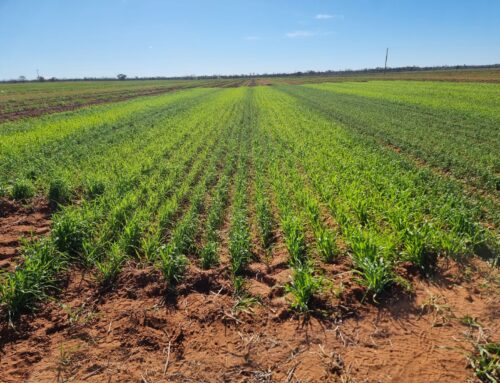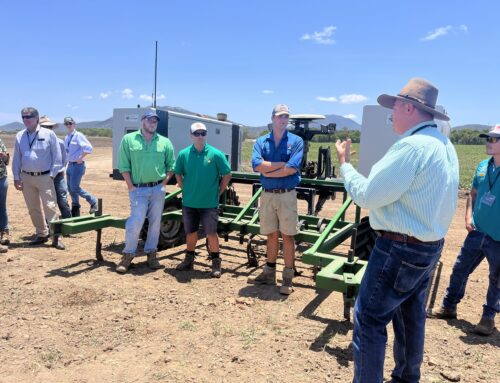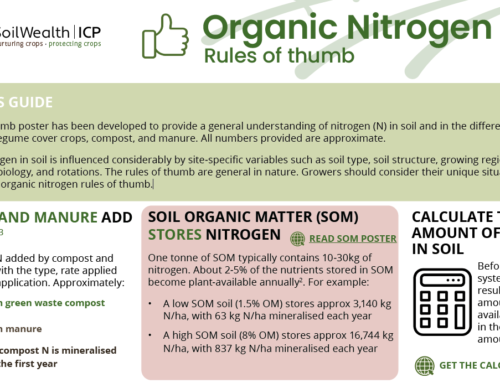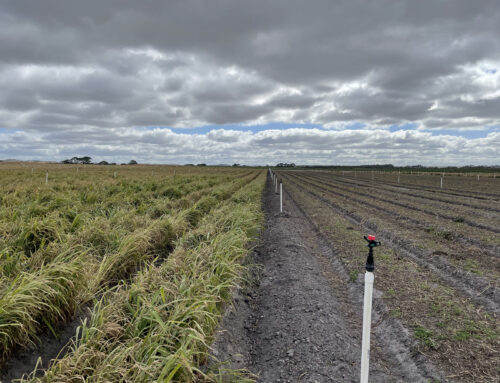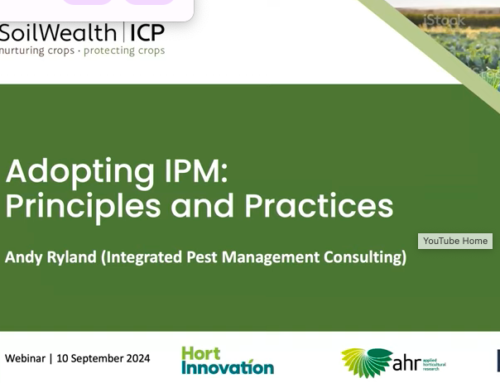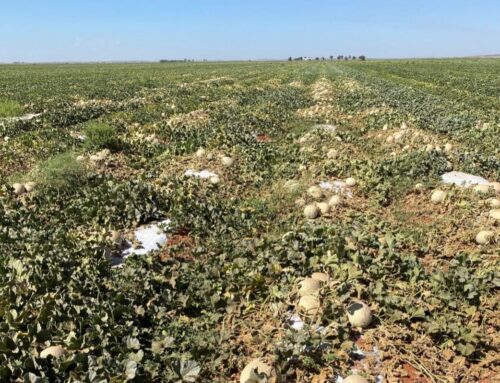Soil-borne diseases present an ongoing challenge to the Australian vegetable industry, with an estimated $120 million in losses annually.
Soil-borne diseases may be caused by fungi, bacteria, water moulds, nematodes and viruses living in the soil. These pathogens are able to survive for long periods on plant debris, organic matter or sometimes as free-living organisms, i.e. not requiring a plant host. The ability to survive for long periods in the soil, and often having a wide host range, makes control of soil-borne diseases difficult.
How to use this guide
The book is divided into chapters based on vegetable crop families. Each chapter contains information on the identification and control of the major soil-borne diseases for each crop.
Each chapter covers:
- How to identify the most common soil-borne diseases affecting vegetable crops in Australia and conditions which favour disease
- Summary of the methods available for control.
Answers to your common questions
The practical field guide answers the following questions for each crop:
- What should I look for?
- Where will I see symptoms?
- What are the favourable conditions for disease development?
- How is it distributed in the field?
- How does it spread?
- How do I control it? Including guidance on managing during fllow/cover crop, planting preparation, and post-plant
- What is the host range?
Download your copy today
You can access each chapter by crop type below:

